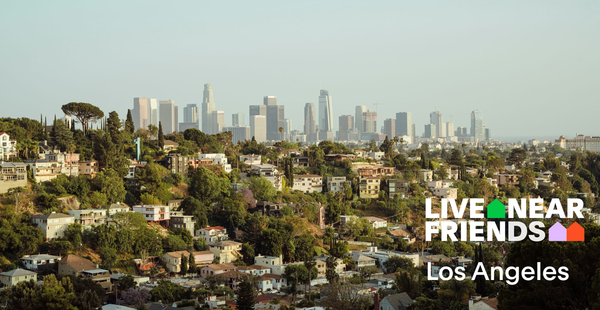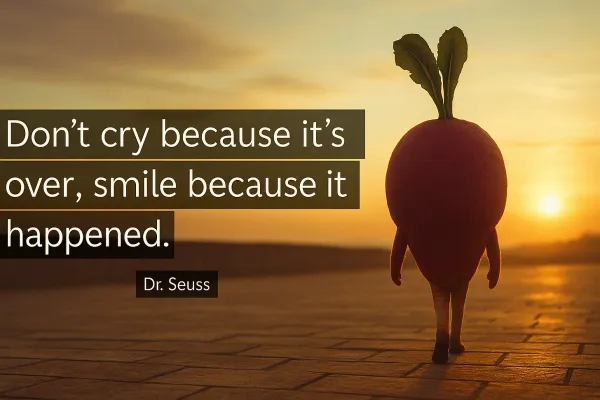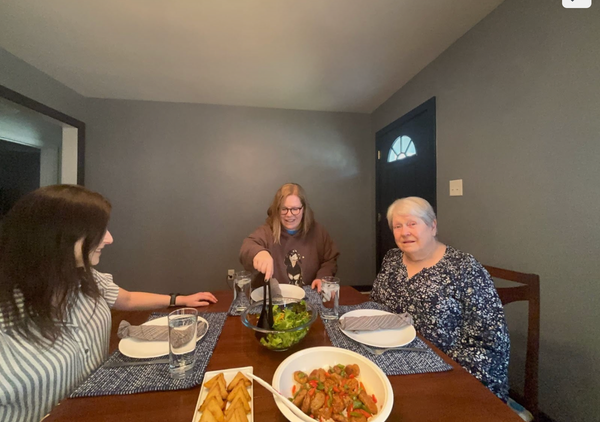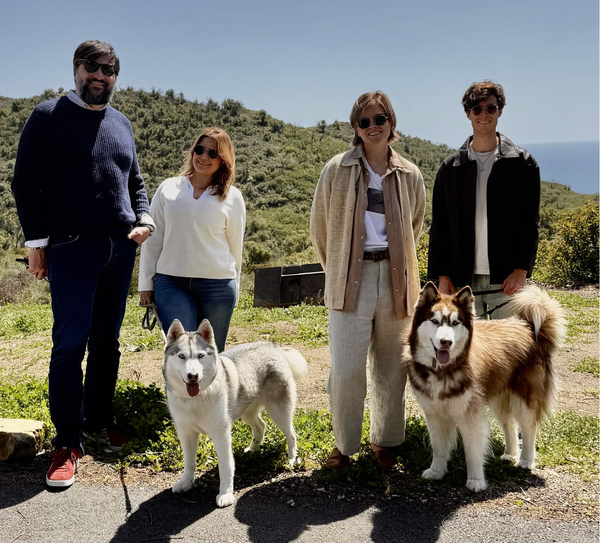Does your friend next door need to be your *best* friend?
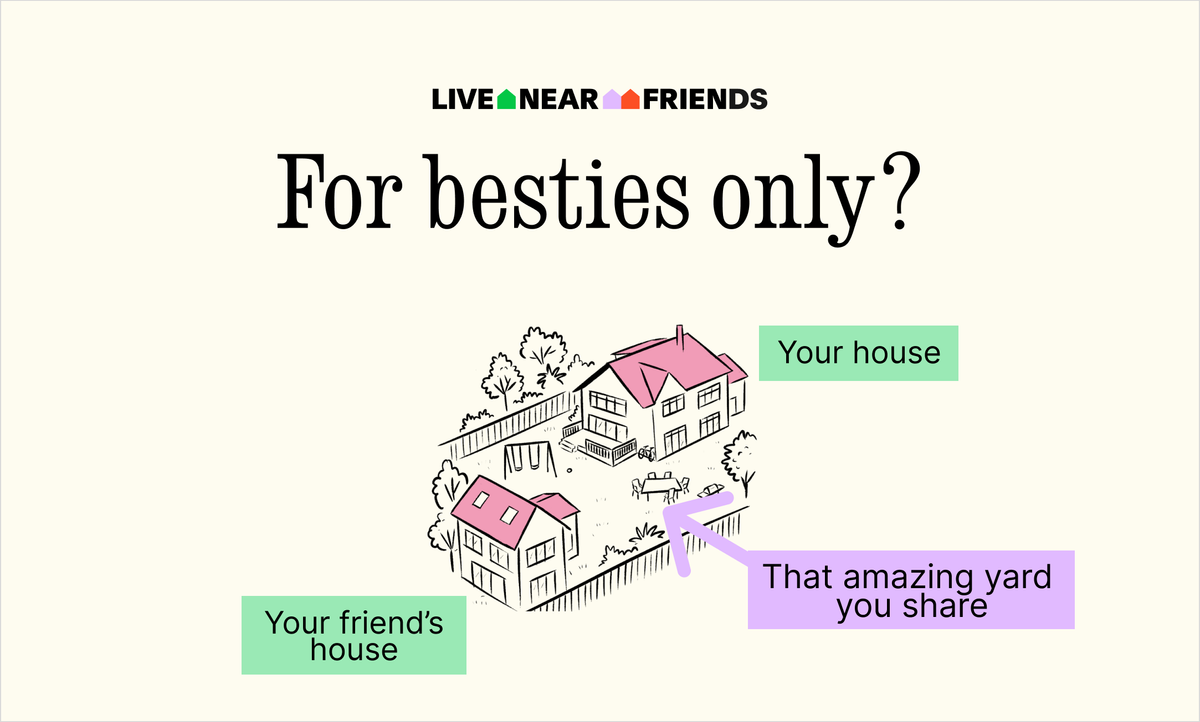
So many people dream of living next door to their friends and family—but not that many actually do.
What stops them?
One common blocker we see is what we call the “Bestie Barrier.”
People latch onto one specific person—their best friend—as the only person they’d consider living near. It has to be them.
But here’s the problem: the bestie isn’t ready or able.
Maybe they live in another city.
Maybe they’re hanging onto a too-good-to-give-up rent-controlled apartment.
Maybe they just have wildly different lifestyle preferences.
So people wait. And wait.
They hold out for their best friend to be ready—meanwhile, the chance to have a friend next door slips by.
Credit: https://www.tiktok.com/@goil69
It’s about support, not soulmates
Your friend next door doesn’t need to be your emotional twin or your late-night vent buddy. They don’t need to be the one who always “gets” you.
What they offer is something different, and just as important: proximity-based support.
They’re the person who can:
- Watch your kids in a pinch
- Let you borrow a cup of sugar
- Share tools, groceries, or a Sunday meal
- Text you to see if you want to take a walk
- Coordinate on a shared garden or hot tub
And sure, you’ll grow closer over time. But they don’t have to be your confidante, therapist, or “person.”
You can still call your best friend when you have a relationship crisis or a tough work dilemma. But the person next door? They’re the one who shows up physically—and that counts for a lot.
The Rise of OSOs (Other Significant Others)
At Radish, we call these relationships Other Significant Others—or OSOs.
They’re a unique blend of friend and family. Not quite either, but deeply important.
Families are about care. They are the people mutually obligated to show up.
If a family member is in town, you make the drive to see them. If they’re sick, you bring them soup.
Friends are about affinity—shared interests, shared identity, shared jokes.
A good OSO is a dose of both.
Not necessarily your top 3 homies, but the people who choose to care for you—and who let you care for them.
Neighbors are a care network
When Elliot, who lives with me at Radish, had an emergency—his appendix burst suddenly—he didn’t call his best friend ... they live across the country.
He called his neighbors.
They picked him up from the hospital. Brought him food. Fetched his bike from where he’d left it.Checked in on him while he recovered.
That’s the power of everyday proximity.
Not deep history. Not lifelong bonds. Just people who decided: I’ve got you.
Live near the people who choose to care
Your neighbors can be your best friends. But they don’t have to be.
Your fourth-best friend could be the perfect neighbor.
So could another family with kids your age.
So could a friend of a friend who just happens to be in a similar season of life.
The best people to live near are the ones who say, “I’m here. I’ll show up. You can count on me.”
And you say it back.
That’s community. That’s care. That’s what we help people build at Live Near Friends.
So think broader: Who could be your everyday person, even if they’re not your everything person?
How might you find these people
Start by planting the flag.
State your intention, in public, to the people who might answer the call.
It could be as simple as sending a message like this:

If that feels too forward, you can also take the slower path: Start hosting dinner parties. Call the series “Designing Life” or “Neighbor Experiments."
Notice who shows up.
Notice who lingers.
Notice who stays late to help with dishes.
These are the people already saying “I’m looking for this too,"
Chances are, someone in your orbit is thinking the same thing. It just might not be your Bestie.


